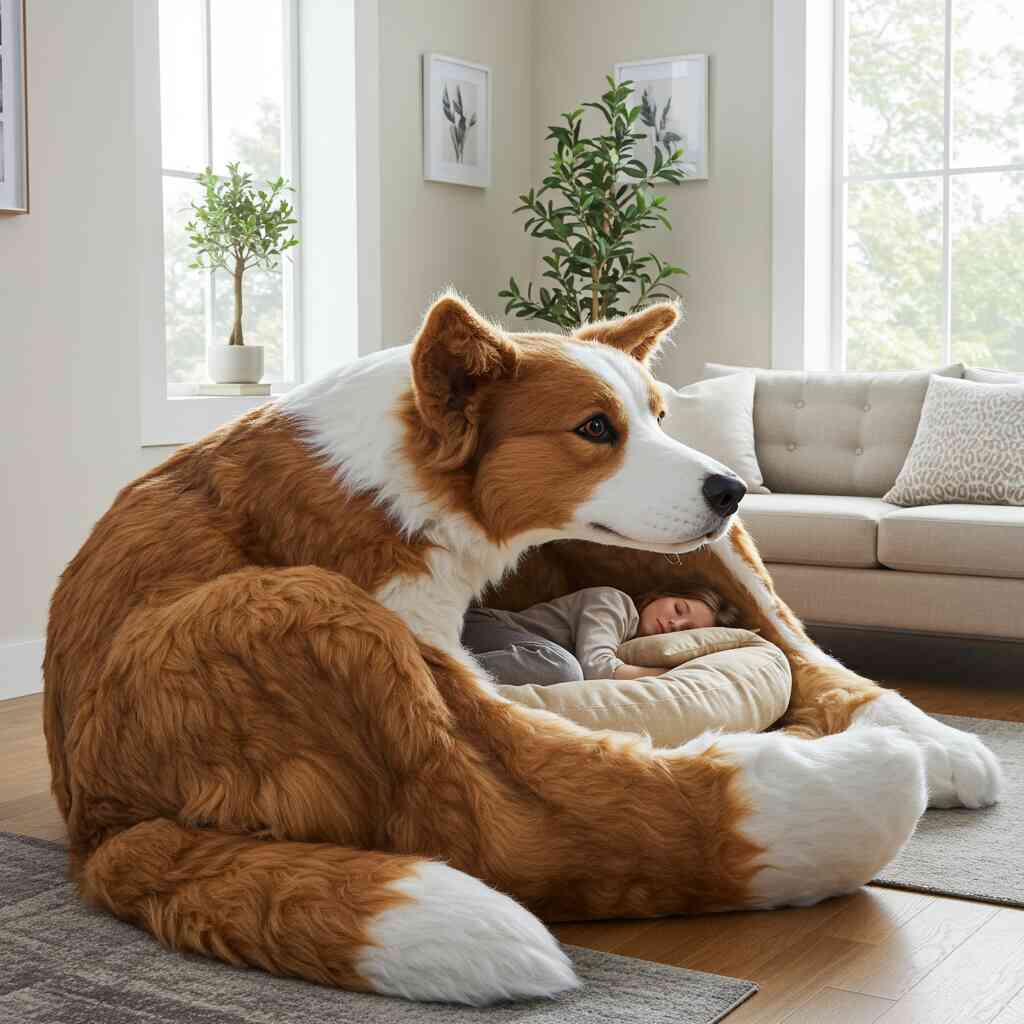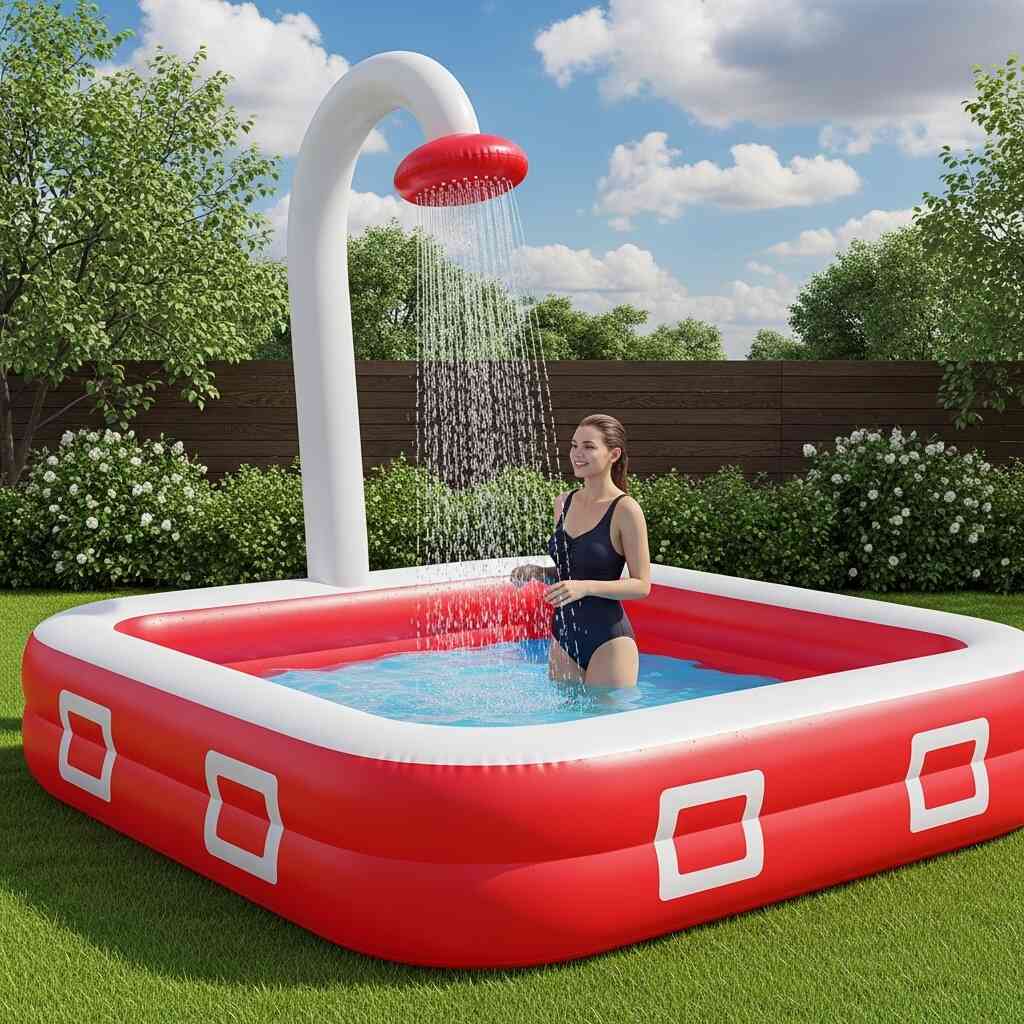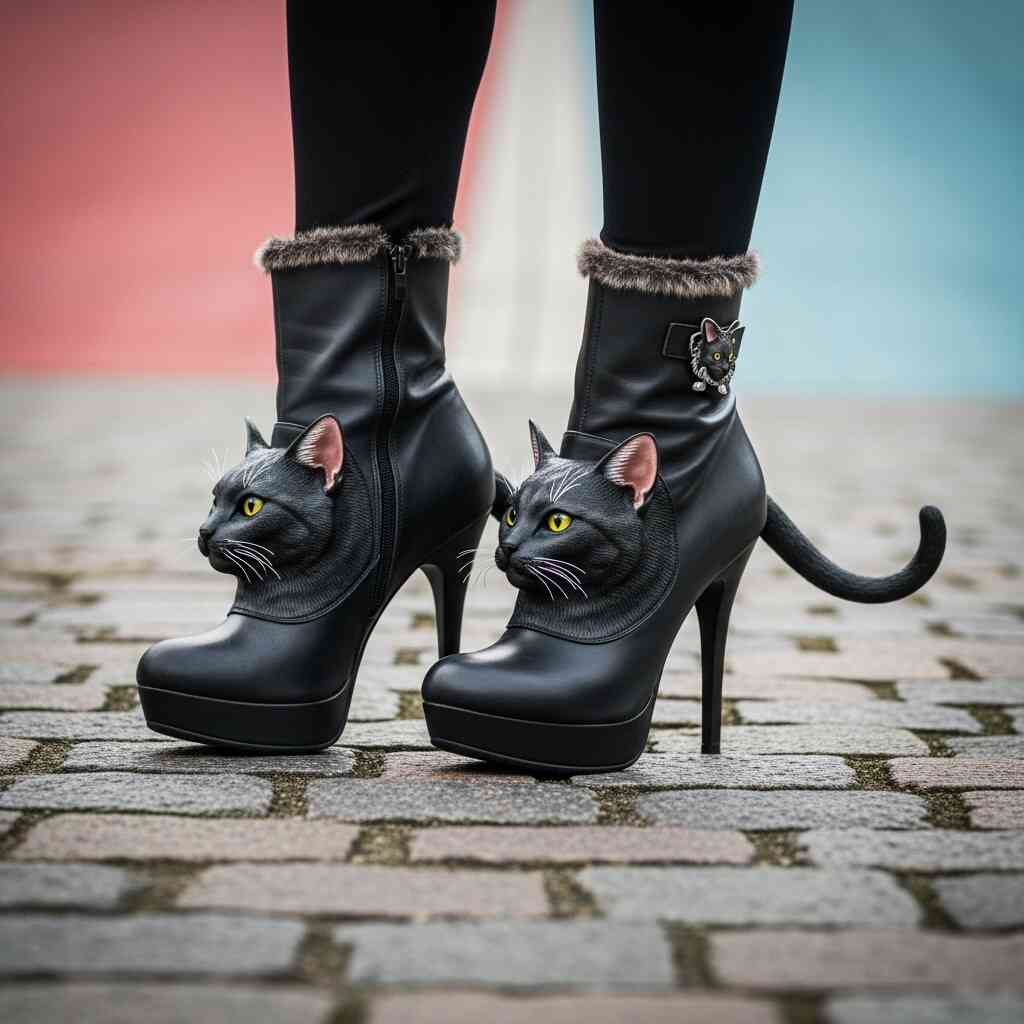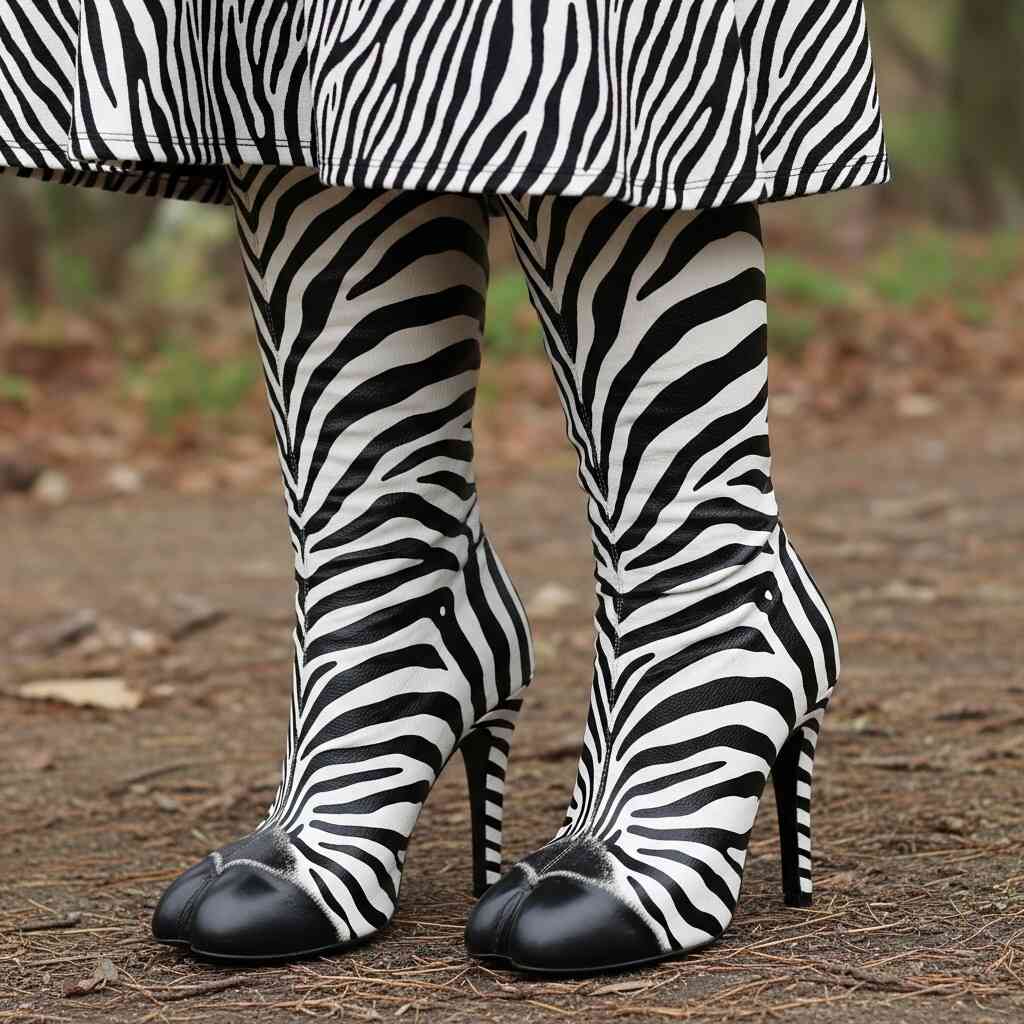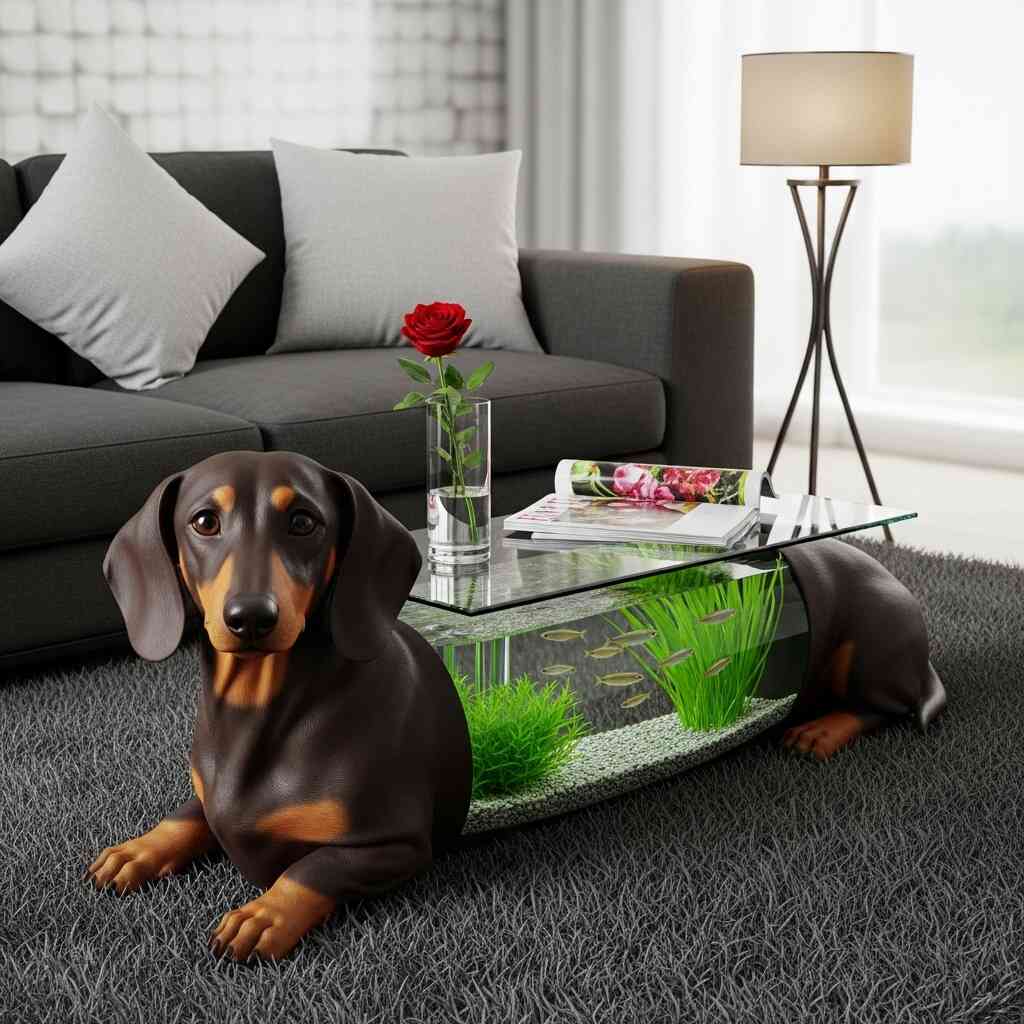In the realm of interior design, fantasy-themed rooms have long captured the imagination of both children and adults alike. From enchanted forests to mythical creatures, these spaces offer an escape from reality and transport occupants into a world of wonder. Among the most captivating elements that can define such a space is the dragon bed —a centerpiece that not only serves as a functional piece of furniture but also embodies the spirit of adventure, mythology, and creative storytelling.
A dragon bed is more than just a sleeping area; it’s a statement of personality, a symbol of courage, and a tribute to the ancient legends that have shaped cultures across the globe. Whether carved from wood, sculpted in metal, or designed with intricate details inspired by Eastern or Western dragons, this type of bed becomes the heart of any fantasy room. Its presence sets the tone for the entire space, influencing color schemes, decorative choices, and even the atmosphere of the room itself.
This article delves deeply into the art of designing a fantasy room centered around a dragon bed. It explores how to create a cohesive and immersive environment that celebrates the majesty of dragons while maintaining comfort, functionality, and aesthetic appeal. Through detailed guidance on theme selection, color coordination, lighting, accessories, and storytelling integration, readers will learn how to transform a simple bedroom into a magical lair worthy of any dragon’s treasure.
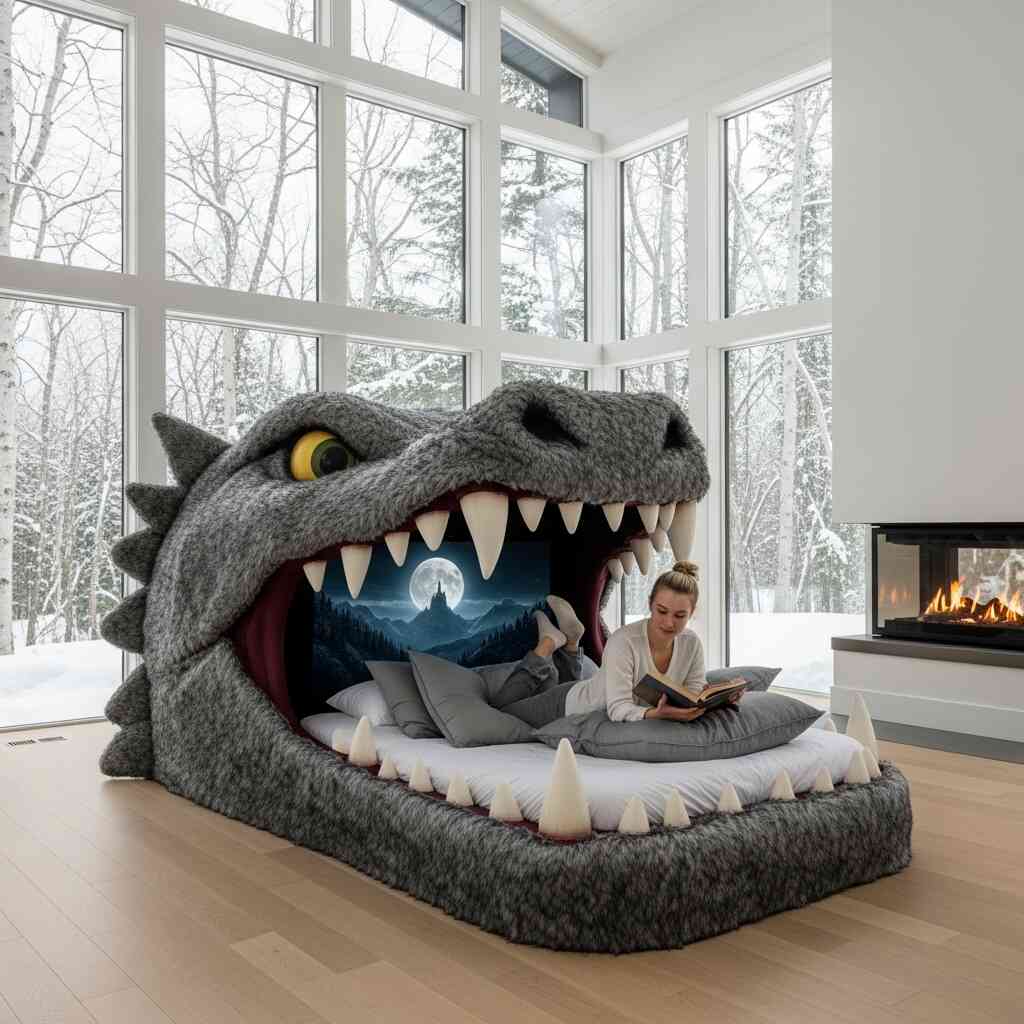
Part 1: Understanding the Symbolism and Aesthetic Appeal of a Dragon Bed
The Cultural Significance of Dragons
Before diving into the design process, it’s essential to understand what dragons represent across different cultures. In Western traditions, dragons are often depicted as fierce, fire-breathing beasts—symbols of danger, power, and conquest. They appear in medieval tales as adversaries to be slain by brave knights. In contrast, Eastern dragons, particularly in Chinese mythology, are revered as benevolent beings associated with wisdom, strength, and good fortune. These cultural nuances influence how a dragon bed should be interpreted within a room’s design.
The symbolism of dragons plays a crucial role in shaping the emotional tone of the space. A Western-style dragon bed might evoke themes of bravery, mystery, and the triumph of good over evil, while an Eastern-inspired version could reflect harmony, prosperity, and spiritual balance. Recognizing these meanings allows designers to craft a narrative that resonates emotionally with the room’s occupant.
Design Variations of Dragon Beds
Dragon beds come in various forms, each offering a unique visual experience. Some feature elaborate carvings of serpentine bodies entwined around the bedframe, while others incorporate dragon heads at the footboard or wings extending from the headboard. Materials range from rich mahogany and oak to painted MDF and even modern acrylics. The choice of design depends on the desired aesthetic—whether rustic and medieval, sleek and futuristic, or ornate and mystical.
Craftsmanship is key when selecting or designing a dragon bed. Hand-carved pieces carry a sense of authenticity and tradition, while custom-built models allow for personalization based on individual preferences. For those who may not wish to invest in a full-scale dragon bed, alternative options such as dragon-themed headboards or canopy structures shaped like dragon wings can still achieve the desired effect without overwhelming the space.
Creating a Focal Point with the Dragon Bed
As the central element of the room, the dragon bed must command attention while complementing the overall decor. Placement is critical—ideally against a wall that receives natural light or near a window where shadows can accentuate its features. If the room allows, placing the bed slightly elevated or on a platform can enhance its grandeur, making it feel like a throne fit for a legendary creature.
The bed should also be proportionate to the size of the room. In smaller spaces, minimalist dragon motifs work best, avoiding clutter and maintaining a sense of openness. Larger rooms provide the freedom to go bold—with full-body dragon frames, intricate detailing, and surrounding elements that echo the same fantastical theme.
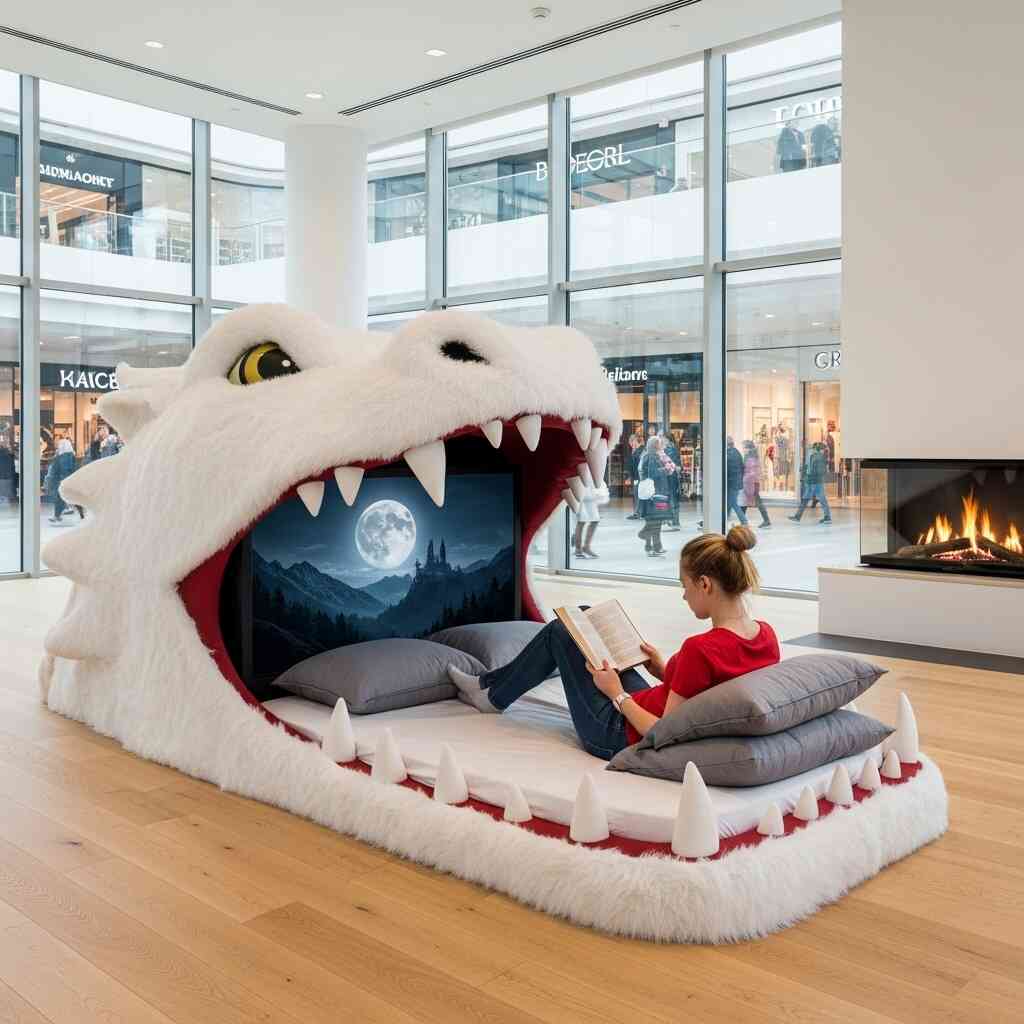
Part 2: Crafting a Cohesive Fantasy Environment Around the Dragon Bed
Theme Selection: Medieval Castle, Enchanted Forest, or Mythical Lair?
Once the dragon bed has been chosen, the next step is to decide on the overarching theme of the room. This decision shapes every other aspect of the design, from wall treatments to furniture styles and accessory choices. Three popular themes include:
- Medieval Castle : Inspired by European folklore, this style incorporates stone textures, tapestries, armor, and weaponry. Think heavy drapes, wooden beams, and dark tones that evoke the atmosphere of a fortress.
- Enchanted Forest : Rooted in fairy tales and nature-based magic, this theme brings the outdoors inside. Lush greenery, soft lighting, and earthy tones create a dreamlike ambiance, perfect for younger children or nature lovers.
- Mythical Lair : Designed to resemble a dragon’s den, this theme focuses on opulence and mystery. Rich fabrics, golden accents, and treasure-like decorations give the impression of a hidden cave filled with ancient relics.
Each theme offers a different emotional journey. The medieval castle speaks to valor and chivalry, the enchanted forest to innocence and discovery, and the mythical lair to wisdom and power. Choosing a theme that aligns with the personality of the room’s occupant ensures that the space feels deeply personal and meaningful.
Color Palette: Setting the Mood with Strategic Hues
Color plays a pivotal role in reinforcing the fantasy atmosphere. When designing around a dragon bed, the color scheme should enhance the mythical essence of the room while ensuring visual harmony.
For a medieval castle setting, deep shades like burgundy, navy blue, and forest green work well. Accents of gold or brass add regality, reminiscent of royal chambers and ancient armor. Earth tones such as browns and greys can mimic the look of stone walls and rugged terrain.
An enchanted forest theme benefits from softer, organic colors. Sage greens, sky blues, and warm beiges bring the tranquility of nature indoors. Accent walls painted in moss green or tree-bark brown help ground the space and make it feel like a secret woodland hideout.
In a mythical lair , jewel tones such as ruby red, sapphire blue, and emerald green convey luxury and mystique. Metallic finishes like copper, silver, and gold reflect the idea of a dragon guarding its hoard of treasures. Black or charcoal gray walls can serve as dramatic backdrops that highlight glowing elements like crystals or candlelight.
It’s important to balance bold colors with neutral ones to prevent sensory overload. Layering textures through bedding, rugs, and curtains adds depth and richness to the palette.
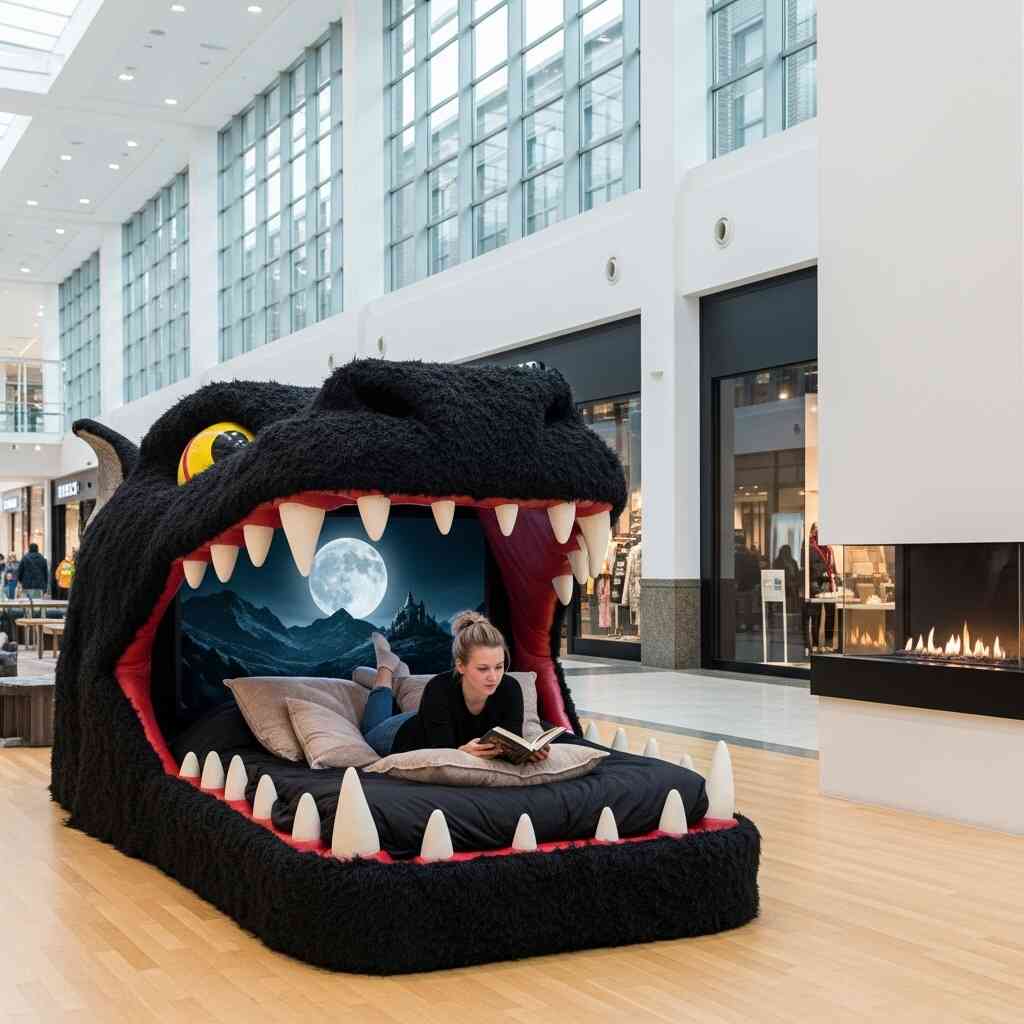
Lighting: Illuminating the Magic
Lighting is one of the most powerful tools in fantasy room design. It can dramatically alter the mood and emphasize architectural or decorative elements.
Natural light should be maximized during the day. Sheer curtains or stained glass windows (if available) can filter sunlight into colorful patterns, enhancing the ethereal quality of the space.
For artificial lighting, consider a mix of ambient, task, and accent lights. Ceiling fixtures with wrought iron or dragon-shaped designs maintain thematic consistency. Wall sconces resembling torches or lanterns add a medieval flair. Dimmable lights allow for flexibility—brightening the room for daytime activities and dimming it for bedtime storytelling.
Specialty lighting such as LED strips behind the bed frame or under shelves can create a magical glow. Fiber-optic ceiling panels simulate starry skies, perfect for an enchanted forest or mythical lair. Candles placed strategically around the room add warmth and a touch of ancient ritual.
Smart lighting systems can further elevate the experience, allowing users to change colors and brightness levels with voice commands or mobile apps. Imagine switching the lights to a fiery orange hue to mimic the glow of dragon breath or a cool blue to resemble moonlit scales.
Furniture and Decor: Building the World Around the Dragon Bed
Every piece of furniture and decoration should contribute to the fantasy narrative. While the dragon bed is the star, supporting elements should reinforce the chosen theme without competing for attention.
In a medieval castle , opt for solid wood furniture with carved details. Wardrobes, chests, and tables with iron hardware evoke a sense of history. Shields, banners, and weapon replicas mounted on the walls enhance the warrior aesthetic.
For an enchanted forest , choose lightweight, whimsical furnishings. Wicker chairs, mushroom-shaped stools, and tree-trunk side tables blend seamlessly with the theme. Hanging plants, vines, and faux flowers bring life to the space.
In a mythical lair , luxury meets mystery. Velvet or brocade upholstery, ornate mirrors, and crystal chandeliers suggest wealth and sophistication. Floating shelves displaying “treasures” like books, figurines, and gemstones add layers of intrigue.
Textiles play a major role in tying everything together. Bedding with dragon motifs, embroidered cloths, and embroidered wall hangings add texture and visual interest. Rugs shaped like dragon scales or woven like a tapestry complete the immersive experience.
Decorative elements such as clocks shaped like dragon eggs, lamps with dragon claw bases, and artwork depicting epic battles or serene landscapes all contribute to the storytelling aspect of the room.
Personal Touches: Making the Space Truly Yours
No matter how beautifully designed, a fantasy room should always reflect the personality of its inhabitant. Incorporating personal items—such as favorite books, drawings, or collections—makes the space feel lived-in and meaningful.
Custom murals or wall decals featuring dragons flying over mountains or guarding treasure can be commissioned to suit specific tastes. Name plaques made from wood or metal add a personalized flourish. Shadow boxes displaying memorabilia from fantasy-themed movies, games, or hobbies integrate real-life passions into the imaginary world.
Interactive elements like puzzle boxes, hidden compartments, or sound effects (e.g., dragon growls or thunderstorms) engage the senses and deepen the immersion. These touches encourage exploration and imagination, turning the room into a playground of dreams.
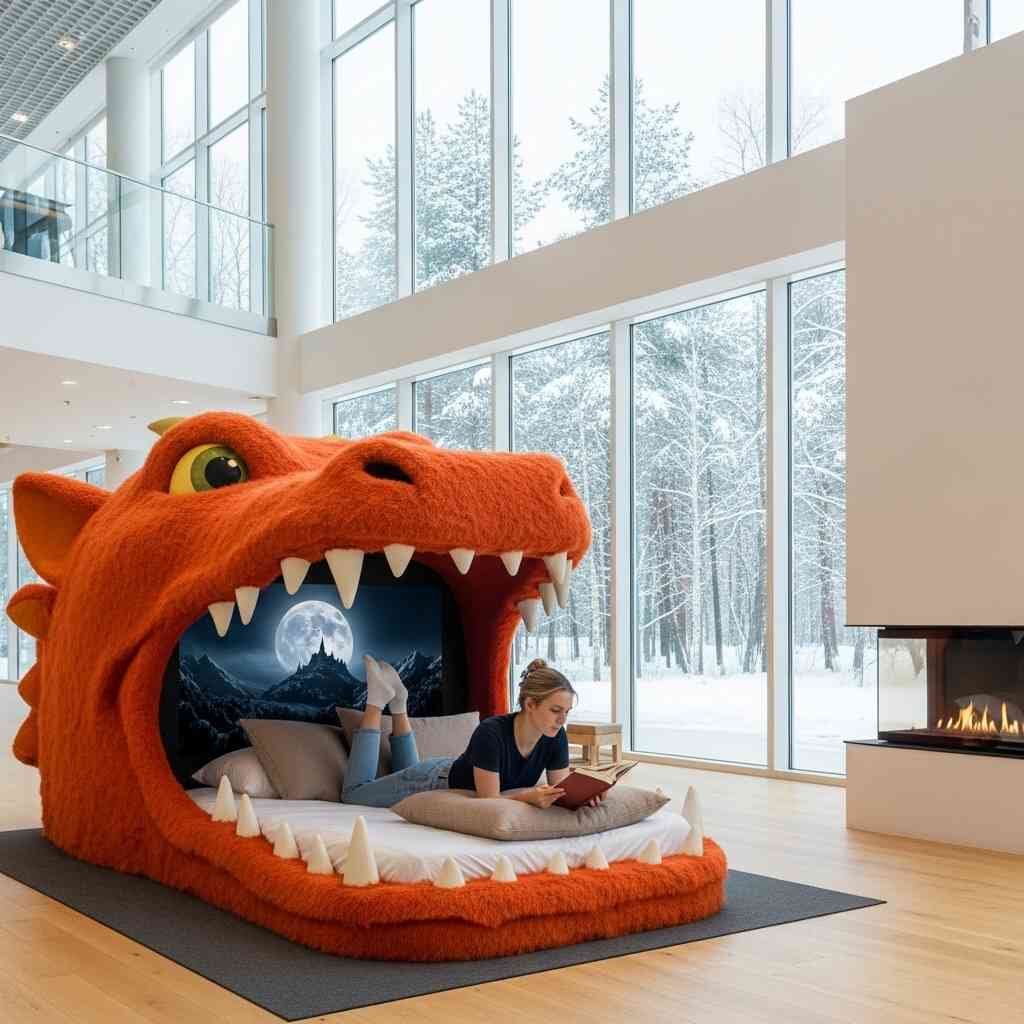
Part 3: Bringing the Fantasy to Life Through Storytelling and Atmosphere
Narrative Integration: Weaving Stories Into the Room
One of the most enchanting aspects of a fantasy room is its ability to tell stories. A dragon bed invites narratives of heroism, magic, and ancient worlds. By embedding storytelling elements throughout the space, designers can turn a static room into a dynamic experience.
Wall-mounted maps of fictional lands, journals filled with handwritten tales, and bookshelves lined with fantasy novels invite exploration. Interactive story prompts or riddles hidden in the decor challenge the mind and spark creativity. For younger occupants, themed play areas or reading nooks shaped like dragon nests or caves offer cozy spots for imaginative adventures.
Including props related to famous myths—such as a sword replica, a wizard’s hat, or a potion shelf—can inspire spontaneous storytelling. These objects become characters in their own right, encouraging role-playing and narrative development.
Sensory Stimulation: Engaging All the Senses
Creating a truly immersive fantasy room goes beyond visual appeal—it involves engaging all five senses. The scent of incense or essential oils (like sandalwood, lavender, or citrus) can evoke memories of distant lands. Soft music or ambient sounds (wind, crackling fire, or dragon roars) played through hidden speakers enhance the atmosphere.
Tactile elements like plush rugs, textured blankets, and smooth stones scattered around the room add physical depth to the experience. Taste might seem less relevant, but themed snacks or beverages served during special occasions (e.g., “dragonfruit punch” or “wizard cookies”) can round out the sensory journey.
By appealing to multiple senses simultaneously, the fantasy room becomes a multi-dimensional world that captivates and delights.
Functional Harmony: Balancing Fantasy and Practicality
While the goal is to create a magical space, practical considerations must not be overlooked. Storage solutions should blend with the theme—think trunks disguised as treasure chests or shelves shaped like dragon claws. Seating areas should be comfortable yet stylistically consistent. Technology integration, such as hidden speakers or smart lighting controls, maintains modern convenience without disrupting the fantasy illusion.
Safety is equally important, especially in rooms designed for children. Rounded edges on furniture, non-toxic materials, and secure installations ensure that the space remains both beautiful and safe.
Achieving a balance between fantasy and function allows the room to evolve with its occupant. As interests change over time, elements can be updated or repurposed rather than discarded entirely.
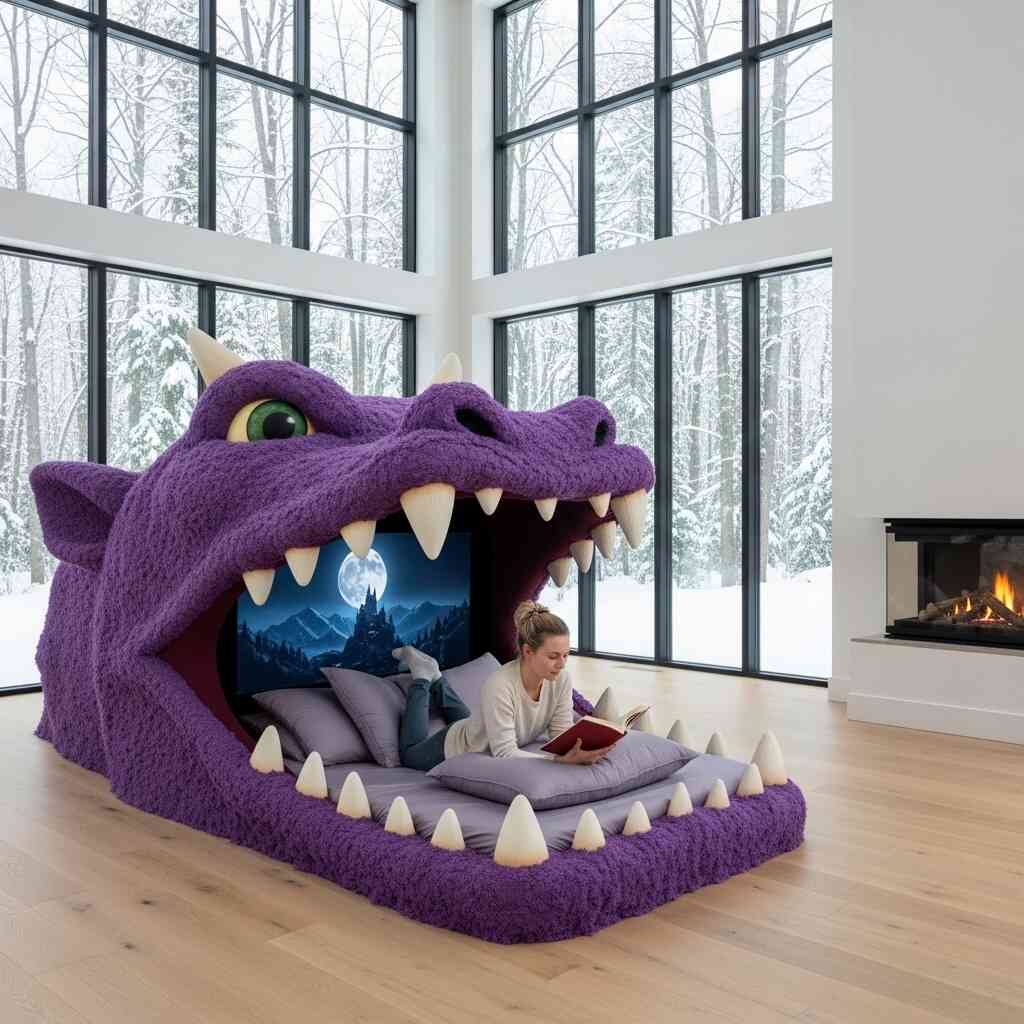
Conclusion: The Enduring Legacy of a Fantasy Room Centered Around a Dragon Bed
Designing a fantasy room around a dragon bed is more than just an exercise in interior decoration—it’s an act of world-building, a celebration of myth, and a testament to the power of imagination. Every carefully chosen detail contributes to a narrative that extends beyond the walls of the room, inviting occupants to dream, explore, and believe in something greater than themselves.
From understanding the symbolic weight of dragons to crafting a cohesive environment filled with color, light, and storytelling, the process of creating such a space requires both creativity and intentionality. Yet, the reward is immeasurable: a sanctuary where fantasy and reality coexist, where heroes are born, and where dragons reign supreme.
Whether intended for a child’s bedroom, a hobbyist’s retreat, or a couple’s shared love of fantasy, a dragon bed-centered room stands as a tribute to the timeless allure of dragons and the enduring magic of storytelling. It is a place where legends live on—not just in books or films, but in the very air we breathe and the dreams we dare to imagine.

